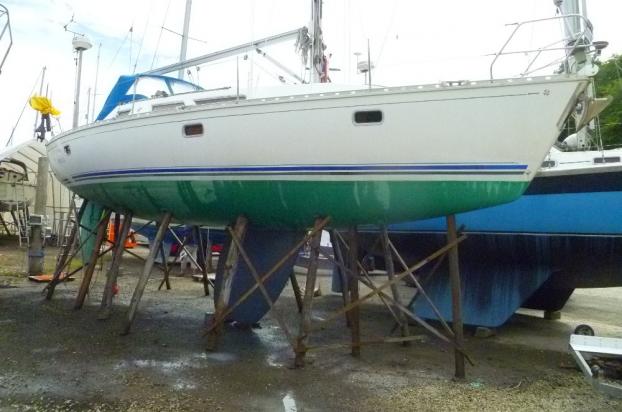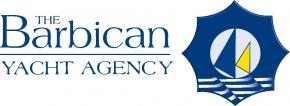Jeanneau Sun Dance 36
1990 - £33,950

























Enquire Now
Call us now
01752 228855
DETAILS
DETAILS
Sorry, this yacht has now been SOLD by Barbican Yacht Agency
Do you have a similar yacht for sale? If so we are always seeking quality cruising yachts for active buyers, especially if lying in the West Country.
For more details please see: www.plymouthyachts.co.uk/sell-your-boat
For our full list of other yachts for sale please see: Barbican Yacht Agency - Boats For Sale or visit our website at: www.plymouthyachts.co.uk
.............................................................................................
Jeanneau Sun Dance 36 - 1990 - £33,950
Originally marketed as the Sun Dance 36, this design was subsequently re-designated as
the Sun Odyssey 36 by Jeanneau in line with their other, more family cruising orientated
models just two years after its introduction to the market. With overall concepts by J&J
Design and utilising hull design and sail plans by Daniel Andrieu, the Sun Dance 36 was an immediate hit, offering as it does, a huge amount of accommodation for her size, while featuring performance features such as the semi-elliptical keel. and reliable skeg-supported rudder.
Boasting three separate sleeping cabins, two heads and a spacious, comfortable saloon,
this is a fantastic family orientated cruiser. The wide and comfortable cockpit is laid out so as to be clear of lines, a real bonus with younger children on board or for straightforward uncluttered convenience in the cockpit.
This yacht has been lying ashore for over 18 months throughout the Covid-19 period, the owner works in the health care sector with very little opportunity to visit the yacht during that time, or realistically in the near future, so now leading to a decision to sell.
The owner is willing to consider realistic offers based on the asking price of £33,950
Please contact on 01752 228855 or email us for further details or to arrange a viewing
FULL SPEC
FULL SPEC
Sails & Rigging
Sails & Rigging
Rigged as a masthead sloop on aluminium spars by Francespars and fitted with a headsail
roller reefing system by Profurl. The mast is stiffened and supported by double, raked
spreaders. The standing rigging is reported to have been replaced in 2014 by W B Trout of Topsham, Devon.
The sail wardrobe includes:
Roller reefing genoa by Chris Scanes of Exmouth; supplied 2011. The sail's
sacrificial U/V protection strip is currently being replaced.
A second roller-reefing genoa, also by Scanes Sails and supplied in 2007 is also
included in the vessel's inventory.
Mainsail by Chris Scanes, reported by the previous owner to have been supplied
in 2002.
Cruising chute, complete with snuffer by Arun Sails.
Dimensions
Mechanical and electrical systems
Accomodation
Navigation Equipment
Deck Equipment
Safety Equipment
Disclaimer




